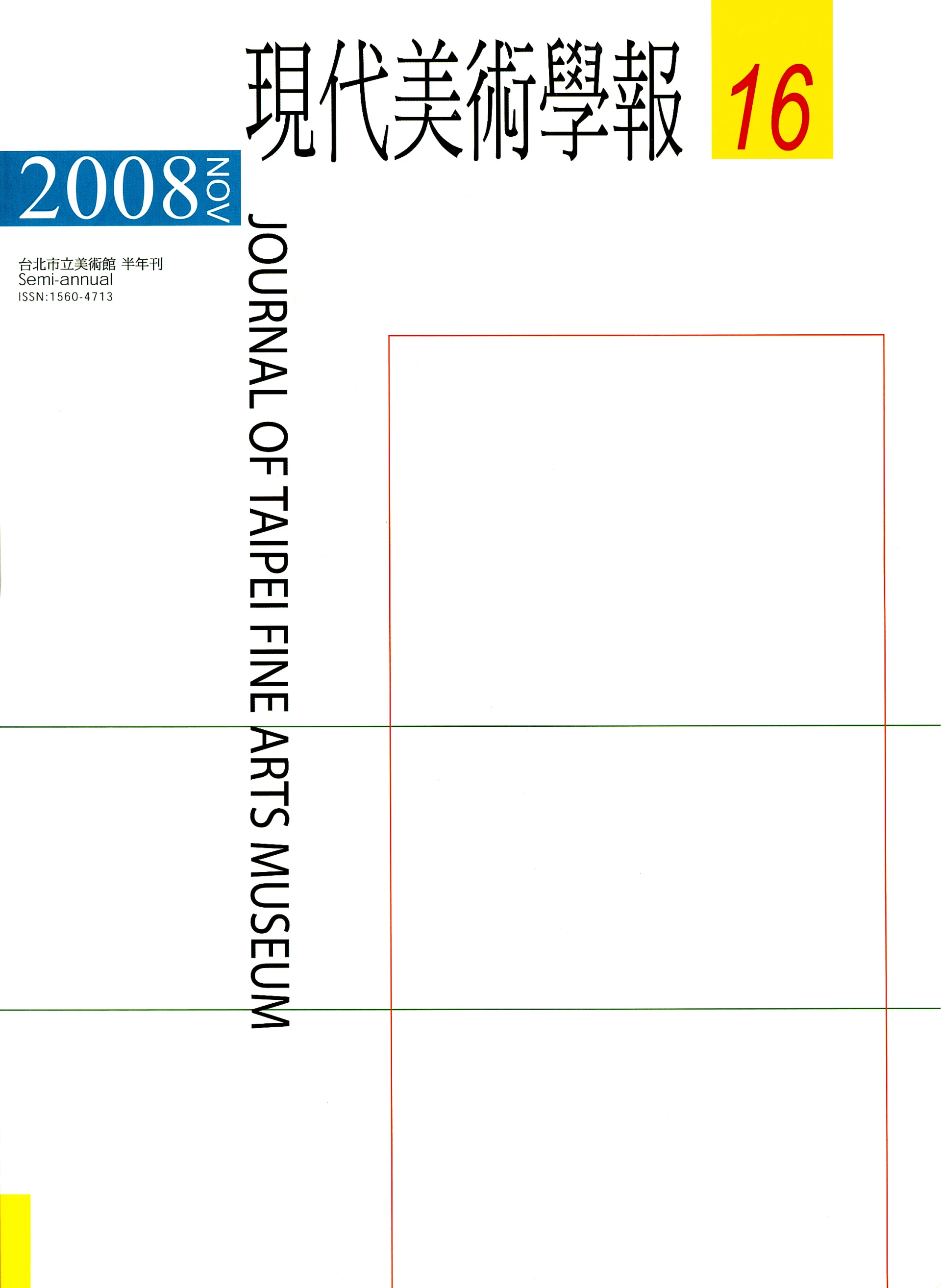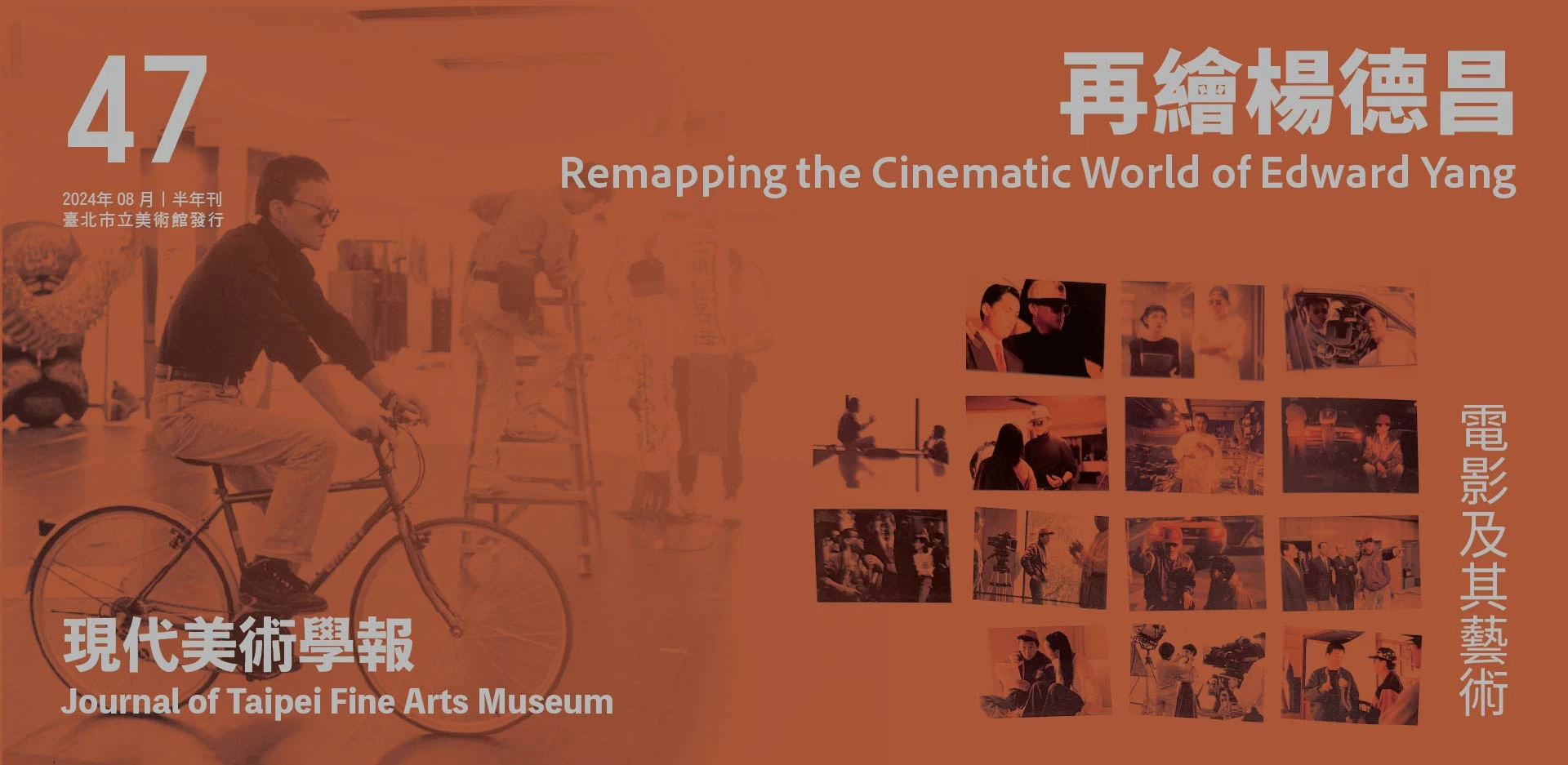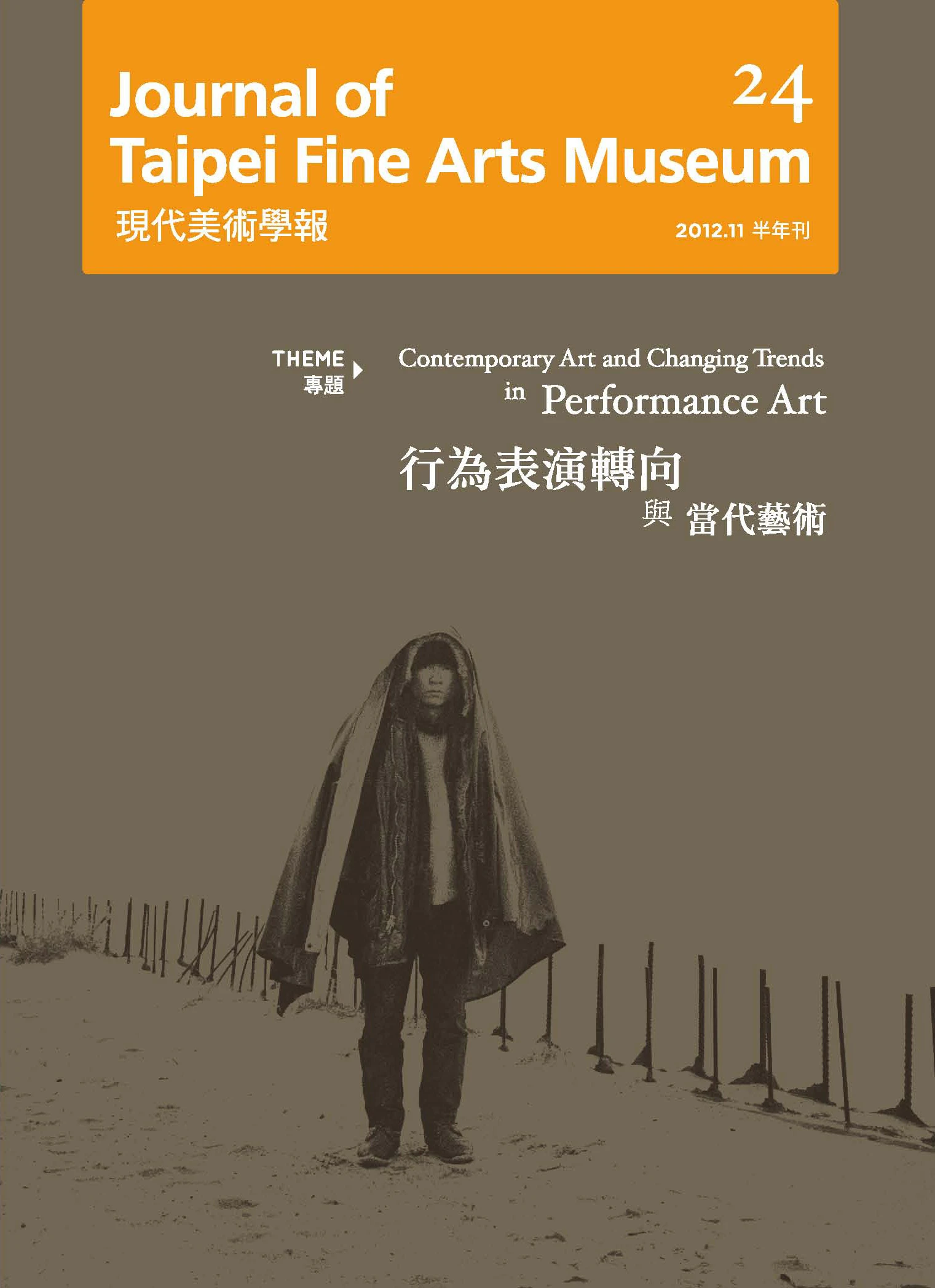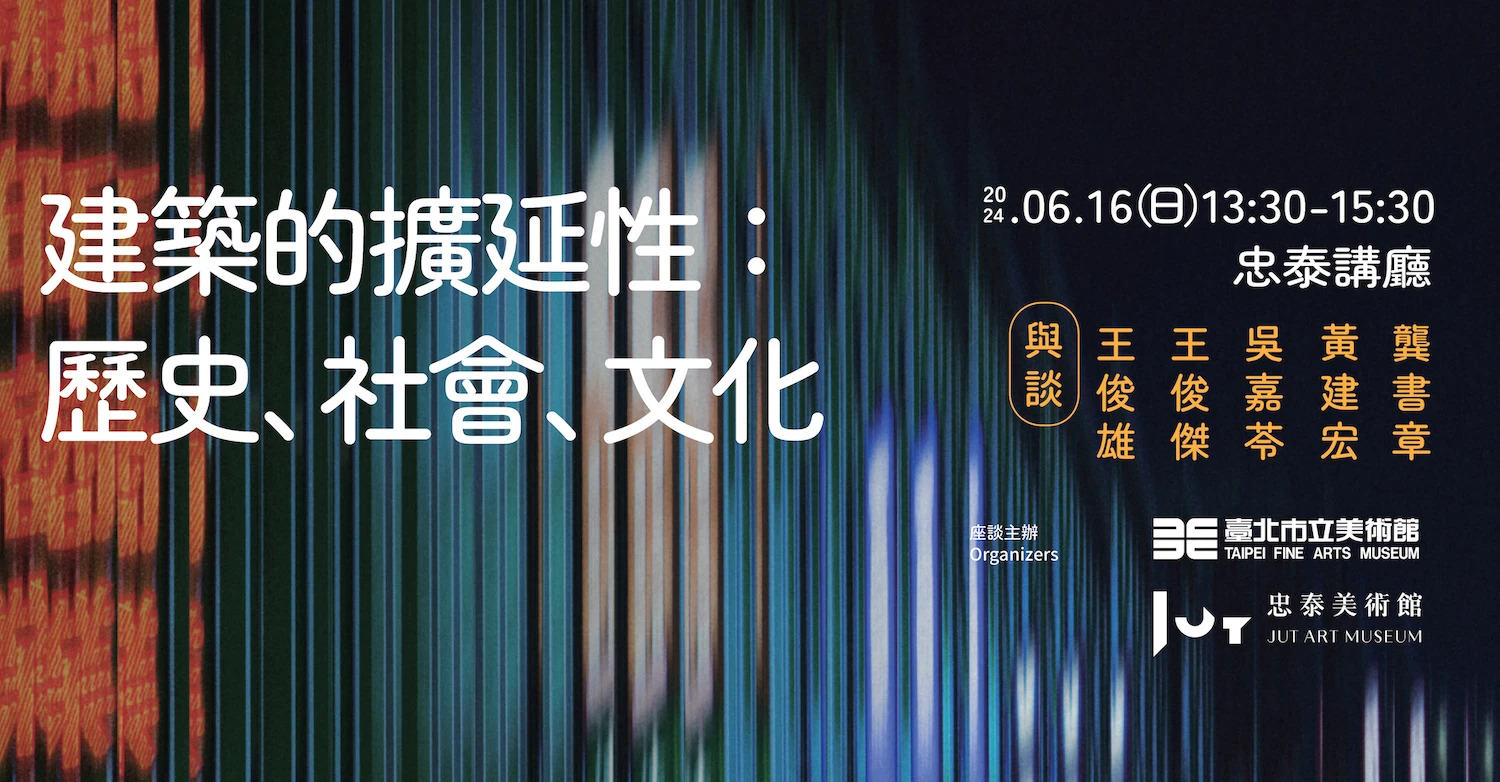摘要
The rise of biennials in Asia took place in the last century during two periods, the 1950s and the 1990s. The former is bracketed between the Tokyo Biennial and the Taipei Biennial, while the latter coincides with the emergence of several city-based biennials in South Korea. Since the appearance of biennials in Asia, their organizers have payed attention to the dynamics of colonialism and the treatment of modern and contemporary art as a tool of influence—political, economic, cultural, and artistic. While the 2014 biennials under investigation continue to show a preoccupation with politics, equally strong is their focus on the global issues concerning humanity, its past and its future. This keeps the biennials rooted in the local context and, at the same time, takes them away from directly addressing political concerns, which is particularly visible int he case of the biennials under the artistic directorship of guest curators from Europe. This author would argue that growing ambiguity about the nature of biennials in Asia springs from the fact that they heavily rely on the Western Enlightenment approach to art and culture, and because of that prevent a new paradigm to emerge.
Keywords
paradigm, Asian biennials, biennialization, biennialogy, Enlightenment






